The monitoring and control system is only as good as its maintenance

Intensive recirculation systems have the potential for a significant increase in production per unit volume of water, but at an increased risk of catastrophic loss due to equipment or management failures. In addition, the managers of these intensive production facilities need accurate, real-time information on systems status and performance in order to maximize their production potential.
The most sophisticated – and often most underappreciated and underpaid – monitoring and alarm system in such intensive systems is an attentive human operator. An experienced staffer can detect whether something is amiss the moment he or she steps into a facility, often just from the change in background noise.
When humans are not present, however, monitoring and control systems are required for best performance. As production densities approach and even exceed 120 kg fish per m3 water, failure of any production subsystem can result in severe stress to the fish and significant losses within minutes.
Parameters to monitor
Murphy’s Law states that if anything can go wrong, it will, and usually at the worst possible time. Determining what can go wrong and generating a list of worst-case scenarios is a never-ending but important quest.
Let your imagination go wild, and assume that anything is possible. Still, try not to go overboard in terms of technological complexity or the sheer number of monitoring points and alarms. Sophisticated alarm systems are of little use if part-time help disarms them due to unreliability or frequent false alarms.
At stocking densities less than 40 kilograms per cubic meter), basic monitor parameters include system electrical power, tank and sump water levels, aeration pressure and water flow through filters and tanks. All can be monitored by simple on/off digital sensors.
Switches, sensors
Water level is probably the easiest and most inexpensive parameter to measure. Basic float switches monitor a single, preset liquid level. Simple float switches are constructed with a float containing a small magnet, which moves with the water level and actuates a hermetically sealed reed switch within the stem or body of the float switch.
Pressure control switches use the deflection caused by pressure to trip an electrical switch at a preset setting. Low- and high-pressure switches are available in a variety of configurations and price scales to monitor flow/no-flow or low-flow conditions. Each operates on the drag force of the moving water against a small disk, paddle, or vane in its path, which in turn controls a small microswitch. Pressure control switches are available for a wide range of flow rates and pipe sizes.
Analog sensors, such as dissolved oxygen, temperature, and pH monitors, are more expensive to buy, install, and operate. However, continuous dissolved oxygen monitoring is crucial at high stocking densities or whenever oxygen is used.
Automatic phone dialers
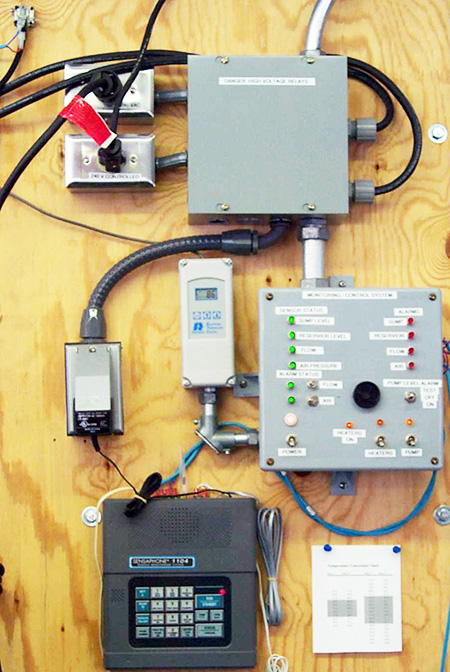
The final step in the development of monitoring/control systems is to bring each potentially catastrophic alarm to the attention of the staff, especially when they are at home sleeping. An inexpensive, simple, and versatile monitoring system can be constructed around readily available automatic telephone dialer/alarm systems.
The popular Sensaphone unit, for example, automatically monitors AC electric power, four digital alert inputs or three digital and one temperature alert. It checks for high or low limits, high sound levels such as fire/smoke or intruder alarms, and battery status. All monitoring is continuous, and when an alarm condition occurs, the unit announces the alarm status locally.
If no response is received, it sequentially dials up to four user-programmed telephone numbers with an alarm message. It states the existing problem, disconnects, and waits for an acknowledging telephone call or coded response. It will continue dialing out for up to 16 attempts until its message is properly acknowledged.
In addition, it is also possible to call in, listen to a status report on the monitored conditions, and hear the background sounds through a built-in microphone. For most small systems, this type of automatic monitoring and reporting would provide all the necessary inputs.
Basic monitoring
Basic monitoring systems are designed for low-density recirculating systems with aeration and moderate feed rates only, such as broodstock holding tanks, isolation/quarantine tanks, or educational systems. The system used to monitor a marine shrimp nursery system at the Freshwater Institute in Shepherdstown, West Virginia, USA is an example.
Parameters monitored there include electricity, sump tank water level, aeration pressure, and water flow. The actual number of subsystems monitored depends on the specifics of the system design and the operating conditions. In most cases, only a few monitoring points should be necessary.
At the Freshwater Institute, the control module, constructed in house, contains low-voltage relays that allow visual monitoring of system status and the ability to deactivate some of the alarms during routine cleaning and maintenance. In addition, the alarm system can be manually activated to test the auto dialer and staff response time.
System design, maintenance
In designing a monitoring and control system, it is important to choose the sensors carefully, use the fewest sensors possible, label everything, and include expansion capability in all components. In the United States, consider that aquaculture facilities are now included under the National Electric Code. Mount sensors and equipment where they are visible and accessible for service and calibration. Remember that water and electricity make a fatal combination, so use low signal voltages of 5, 12, or 24 volts DC or AC to protect both you and the fish.
The monitoring and control system is only as good as its maintenance, so have a well-prepared maintenance manual accessible to the staff. Keep a weekly/monthly/yearly maintenance scheduling plan and files of major service records and equipment manuals. Perform regular – and some unannounced – system checks, including triggering each sensor and checking the operation of the automatic backup systems and phone dialer.
Provide staff training to handle routine alarms and ensure staff familiarization with the complete operating system, including water supply, aeration, and emergency backup systems. Good system design and maintenance will save not only the fish, but quite possibly jobs, as well.
(Editor’s Note: This article was originally published in the June 2003 print edition of the Global Aquaculture Advocate.)
Now that you've reached the end of the article ...
… please consider supporting GSA’s mission to advance responsible seafood practices through education, advocacy and third-party assurances. The Advocate aims to document the evolution of responsible seafood practices and share the expansive knowledge of our vast network of contributors.
By becoming a Global Seafood Alliance member, you’re ensuring that all of the pre-competitive work we do through member benefits, resources and events can continue. Individual membership costs just $50 a year.
Not a GSA member? Join us.
Author
-

James M. Ebeling, Ph.D.
The Conservation Fund Freshwater Institute
P.O. Box 1889
Shepherdstown, West Virginia 25443 USA[103,114,111,46,101,116,117,116,105,116,115,110,105,114,101,116,97,119,104,115,101,114,102,64,103,110,105,108,101,98,101,46,106]
Tagged With
Related Posts
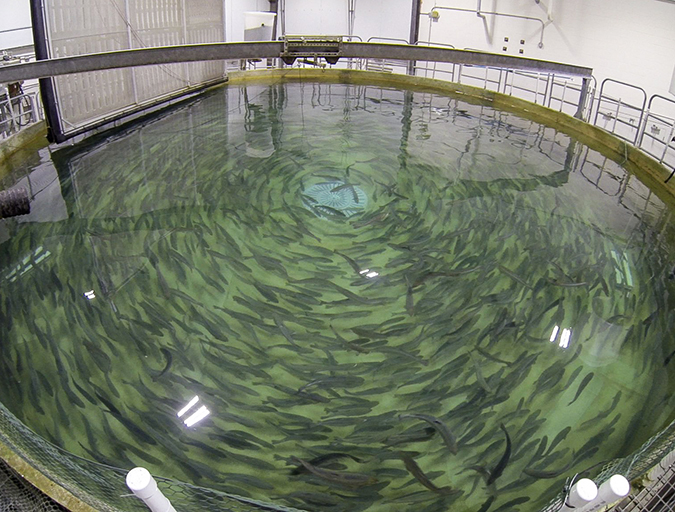
Innovation & Investment
Getting proficient in RAS fundamentals
A number of large salmon farming companies are now investing significantly to increase land-based, water recirculating aquaculture systems (RAS) in northern Europe and North America, and there is likely a need for more trained farm personnel to run and manage these and other close-containment aquaculture facilities.
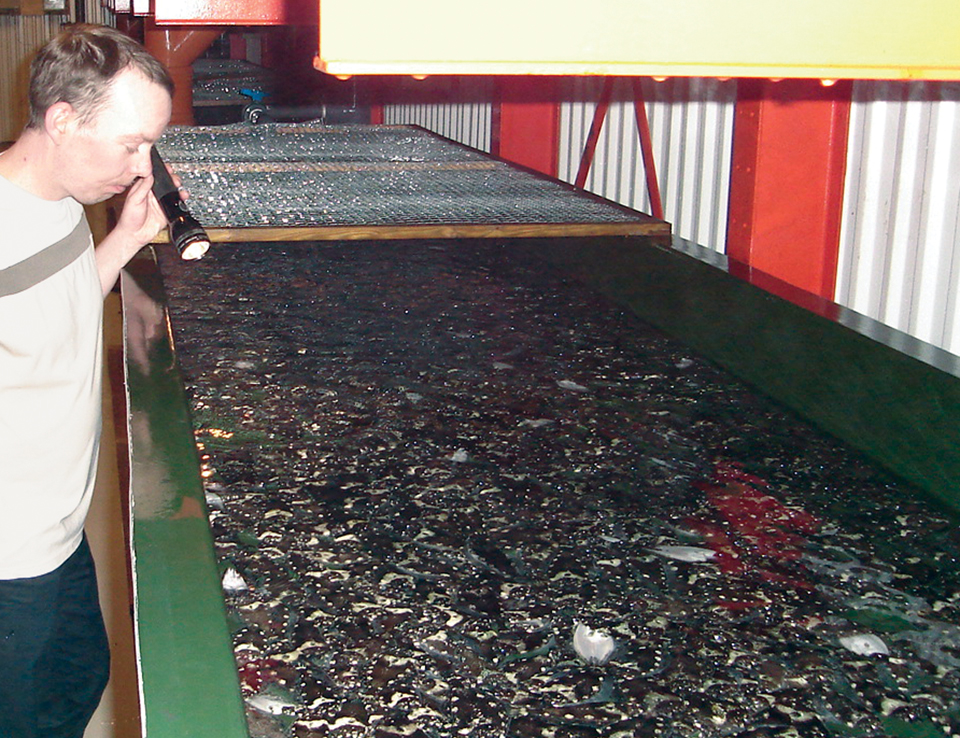
Responsibility
Industrial aquaculture parks an intensive alternative for land-based seafood production
Industrial aquaculture parks that employ hyperintensive culture technology are a promising alternative for further land-based seafood production. They offer wide siting options, efficient land and water resource use, and high-density, high-yield production output. In Project Raceways, a five-nation consortium is developing protocols for the culture of several highly valuable species of marine fish in raceway systems.
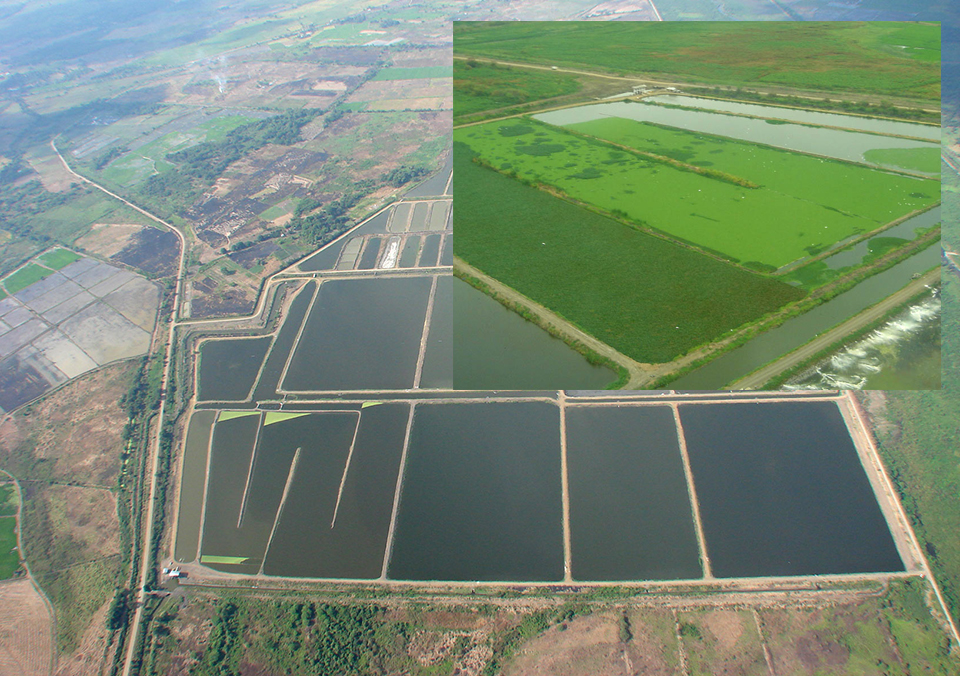
Responsibility
New recirculating systems offer efficient, responsible production
Recirculating systems, where probiotic, heterotrophic bacteria compete with pathogenic bacteria, can operate without antibiotics to produce tilapia and shrimp.
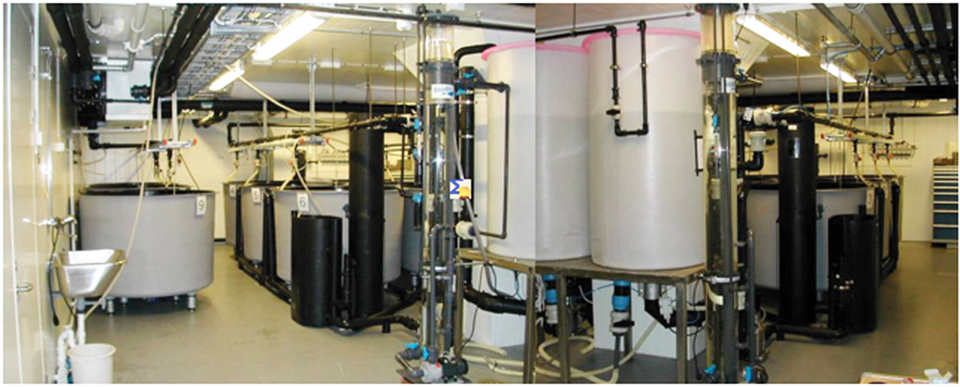
Health & Welfare
Recirculation: Microbial control strategy for intensive marine larviculture
Recirculating aquaculture systems have properties that can mature and stabilize the microbial community, creating a more benign bacterial flora in larval tanks.

